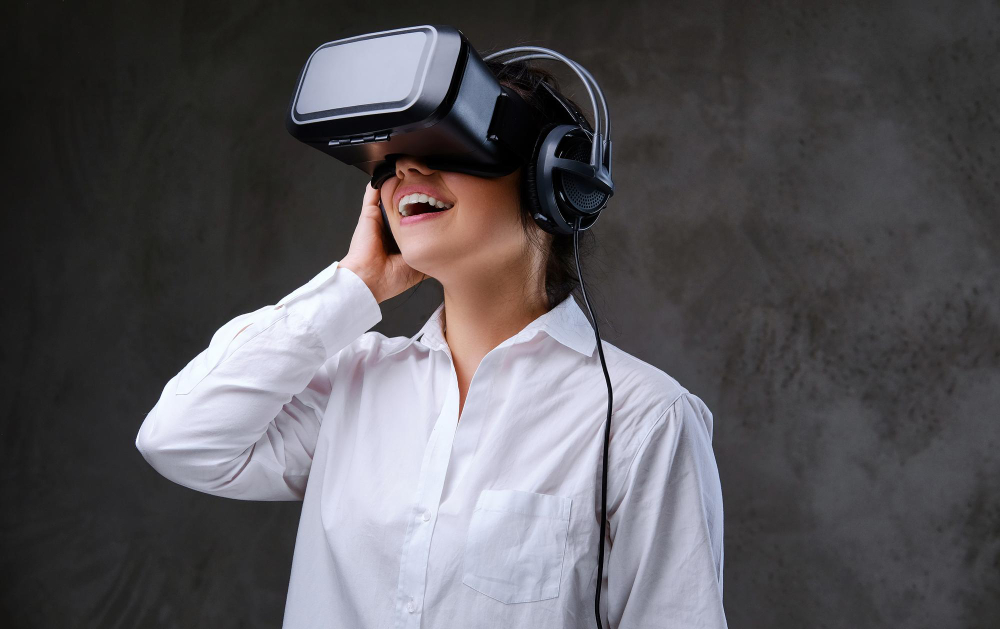An Introduction to Extended Reality (XR)
 Eziama Celestine
Eziama Celestine
Article 1 of UX / UI & Extended Reality Series
In our rapidly evolving digital world, extended reality, often abbreviated as XR, is at the forefront of revolutionary technology. XR encompasses immersive experiences that blur the boundaries between physical and digital realms. In this article, we embark on a journey to understand the foundation of XR, its various branches, and its profound impact on the way we interact with the digital and physical worlds.
What is Extended Reality (XR)?
Extended reality is a broad term that encompasses a wide range of immersive technologies, e.g.
Virtual Reality (VR): VR is a completely digital environment, immersing users in a simulated reality. Users often wear VR headsets that obscure their vision, creating a fully immersive experience.
Augmented Reality (AR): AR overlays digital objects such as 3D images or text into the real world. This technology is often found in mobile apps or through special AR glasses like Microsoft HoloLens or Google Glass.
Mixed reality (MR): MR combines aspects of VR and AR, enabling digital content to interact with the physical environment and vice versa. Users can view and interact with virtual elements while being aware of their surroundings.
The importance of XR
XR isn’t just new technology; It’s a paradigm shift in how we interact with and perceive the digital realm. Importance of diversity:
Immersive experience: XR offers unparalleled immersion, allowing users to step into new worlds, enrich their learning experiences and interact with data in ways on the other hand
Functions: XR extends beyond gaming and entertainment. It has applications in education, healthcare, and other sectors.
New connectivity: XR offers new ways to interact with digital objects, from gestures and voice commands to aerospace computing and touch-based communication.
Advanced visualization: XR provides enhanced data visualization by transforming complex data into interactive 3D visualizations, making information more accessible and understandable.
Future-oriented: As technology evolves, XR is poised to play a key role in shaping the future of computing and networking.
challenges and opportunities
As with any technological revolution, XR presents both challenges and opportunities. Designing effective XR experiences requires a deep understanding of human-computer interaction, spatial configuration, and capacity limitations of XR devices
Some challenges include motion sickness in VR, privacy concerns, and the need for flexible and inclusive systems. But the opportunities are vast and could develop new solutions, improve education and training, and improve the way we work and collaborate
In the following articles in this series, we will delve into specific branches of XR, discuss the principles of UX/UI design, explore various aspects of designing an immersive experience get involved and connected and by the end of this journey you will have a solid understanding of XR and its potential to reshape the way we interact with the digital world.
Subscribe to my newsletter
Read articles from Eziama Celestine directly inside your inbox. Subscribe to the newsletter, and don't miss out.
Written by

Eziama Celestine
Eziama Celestine
I'm a front-end developer turned UX/UI Designer with over 2 years of experience designing captivating user-centric interfaces. I am passionate about crafting impactful solutions through design. As a Nigerian with a strong engineering background, I bring a unique perspective to my work. I rely heavily on user research and strive to strike a balance between users needs and business needs. I'm also very much interested in start-ups, helping them achieve an excellent overall user experience from the very beginning.